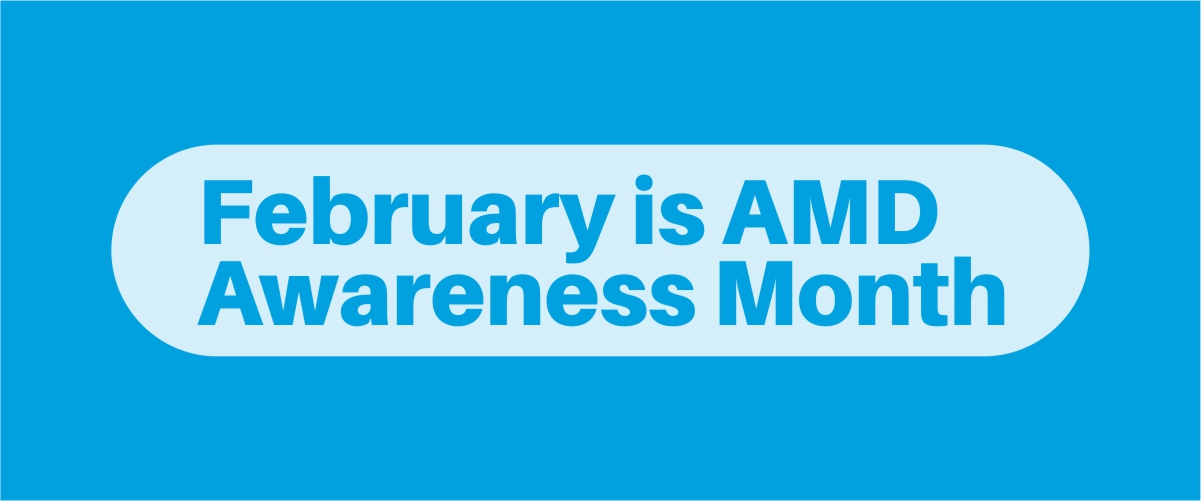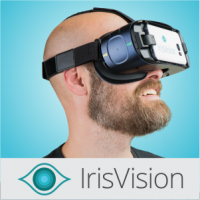February is AMD Macular Degeneration Low vision Awareness Month

February is national age related macular degeneration (AMD) and low vision awareness month. National months of recognition are important because they call attention to important health issues like AMD and increase knowledge of prevention and treatment. Although there is no cure for AMD, there are ways to reduce your risk for it having the right information is essential. When it comes to low vision caused by AMD, there is exciting and innovative technology available today that was created to enhance it. Here’s what you need to know.
AMD is the leading cause of low vision and blindness in Americans age 60 years and older and affects 1.6 million Americans. As the Baby Boomer generation ages, the rates of AMD are expected to reach “epidemic proportions”. AMD is a progressive disease with no known cure. It slowly steals vision as it affects the retina, a paper-thin tissue lining the back of the eye, and causes the cells in the area to die. As a result, if you have AMD, you see blind spots, grayness and other distortions in the center frame of your vision.
Reducing your risk for AMD
Even though there is no known cure for AMD, practicing healthy daily lifestyle habits can reduce your risk for it. A healthy diet, not smoking and maintaining healthy blood pressure are important first steps. Other healthy habits that can lower the risk of AMD include:
-
Eat a diet with plenty of green, leafy vegetables such as kale, spinach, and collard greens, and fresh fruit.
-
Fish that is high in omega-3 fatty acids is good for eye health. Try to include it in your diet at least once or twice a week. Types of fish that are high in omega-3 fatty acids include salmon, sardines, mackerel, herring, and albacore tuna.
-
It’s important to keep your body healthy. Maintain a healthy weight, exercise regularly, maintain healthy blood pressure and cholesterol levels. The healthier your body, the more it can foster good eye health.
-
Protect your eyes. Wear sunglasses and a hat with a visor in bright sunlight to protect your eyes from potentially harmful ultra-violet (UV) light and blue light.
Advances in low vision technology
IrisVision is an exciting and powerful technology developed specifically to enhance low vision for those with AMD. It makes blurry things clear in the central field of vision, the area that most often deteriorates from macular degeneration. IrisVision software uses a 16 MP camera to magnify the central field of vision and the screen displays 10X more pixels per inch than an HD TV with a 70°-degree field of view. Adjustable settings on the device include multiple reading modes, television mode, bi-optic mode, contrast, ambient levels, interpupilar distance, 12x magnification, and much more. Each device can be customized by the wearer to adjust magnification and field of vision. This is just one example of the recent technological advances that enhance low vision and the most effective one for those with AMD.
Other types of advanced technology include microscope and telescope lenses that improve upon the individual’s prescription lenses and magnify them far beyond the capability of standard lenses. These can be used in combination with other technologies to expand the lived environment for those living with low vision caused by eye diseases.
If you or a loved one is living with low vision call us. Every day we help those with AMD to read, watch TV, see the faces of loved ones, and much more.




